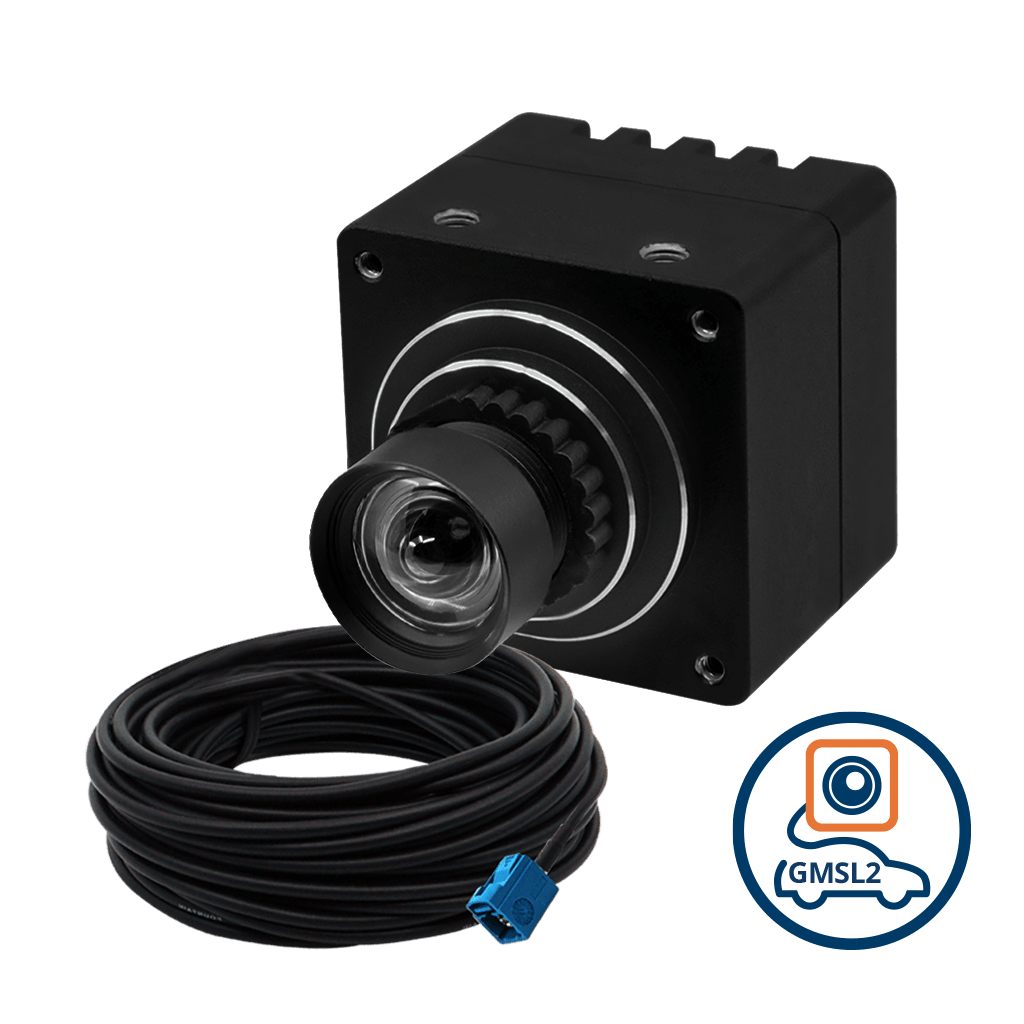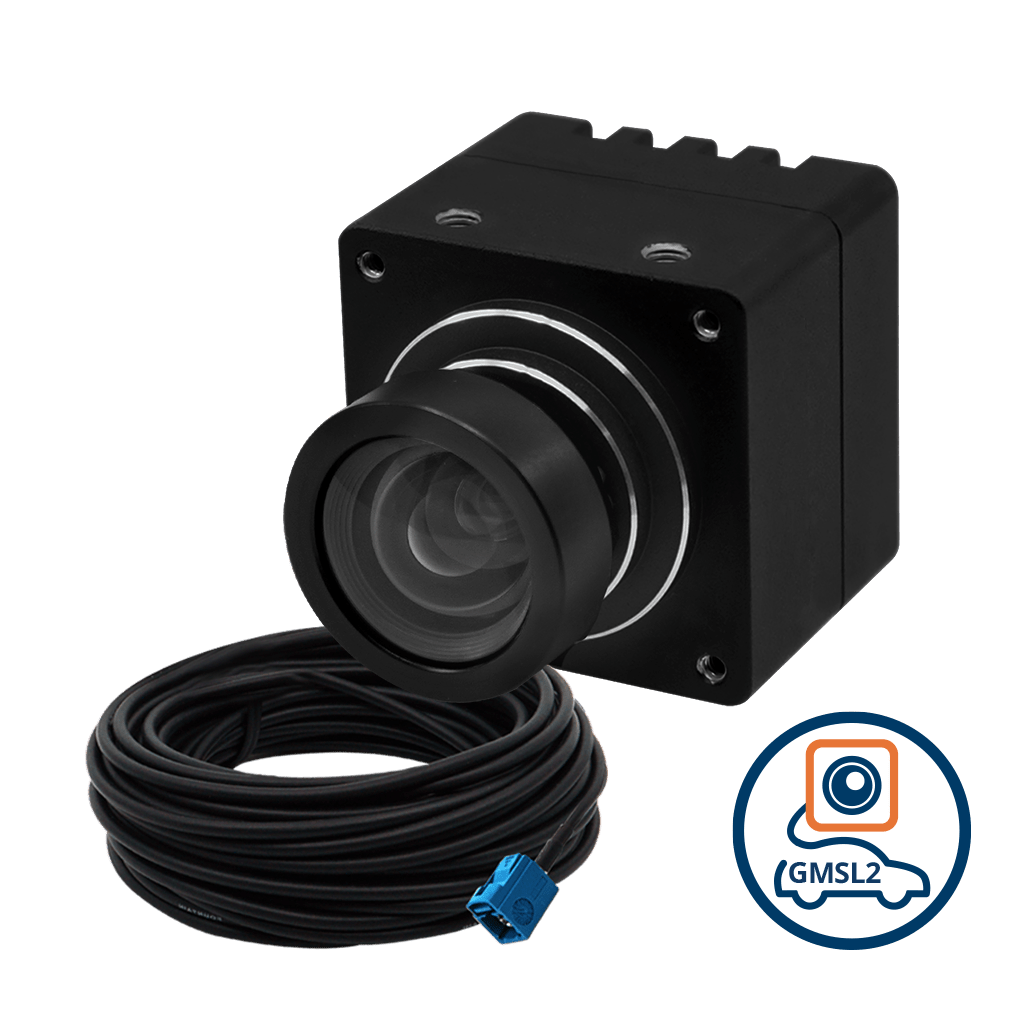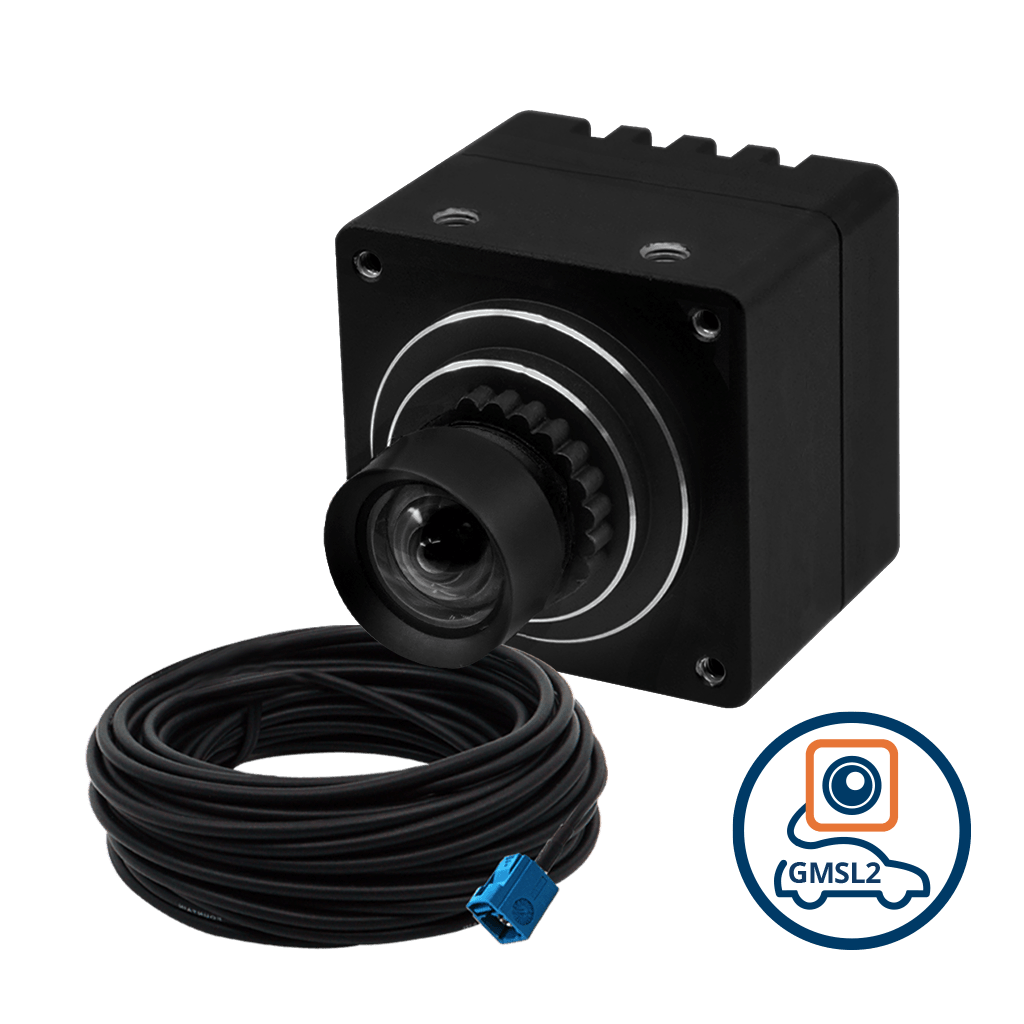Think of a bustling production floor where machines handle complex tasks with pinpoint accuracy—no operator fatigue, no human error, and streamlined, efficient production. This is the reality that machine tending cobots, or collaborative robots, bring to modern industries. These cobots are revolutionizing how machine-tending tasks are managed, taking on repetitive, high-precision jobs that require constant attention.
With capabilities that range from loading and unloading parts to conducting detailed inspections, cobots enhance productivity, reduce risk, and elevate precision in environments that demand both safety and speed. As industries seek automation solutions that are both flexible and scalable, cobots stand out as an indispensable tool—redefining what’s possible in machine tending.
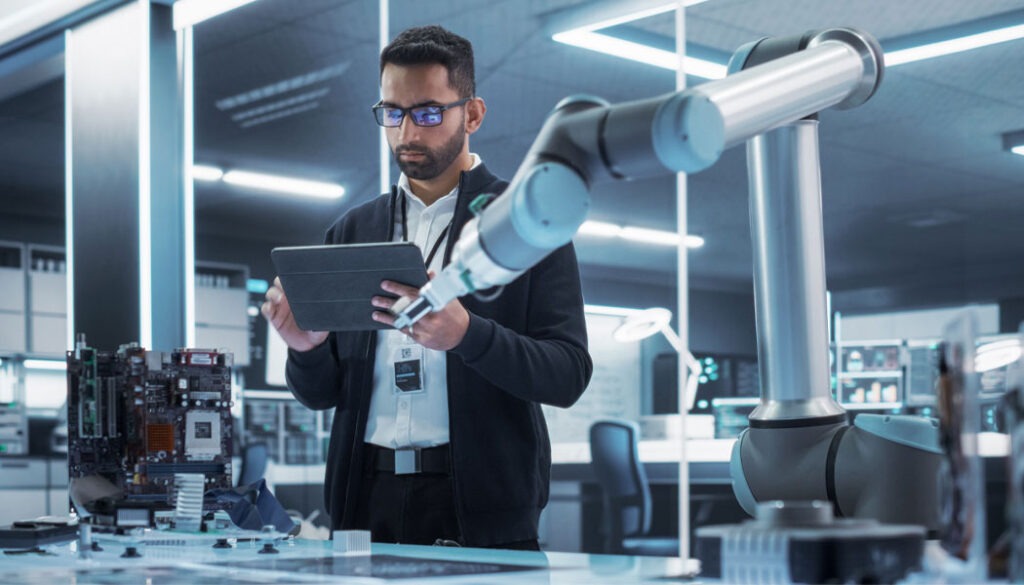
Understanding Machine Tending
Machine tending refers to the process of loading and unloading parts or materials into machines, such as CNC machines, presses, or injection molding machines, and monitoring the operation until completion. Traditionally, this task has been labor-intensive. It often requires operators to perform repetitive and physically demanding duties.
With automation on the rise, machine tending has become a prime application for cobots, which can manage these repetitive tasks efficiently, freeing human workers to focus on more complex responsibilities.
Using cobots for machine tending also ensures precise handling, reduces the risk of human error, and contributes to a safer working environment. They minimize direct human contact with potentially hazardous machinery which helps transform productivity and operational reliability in automated workflows.
Understanding Cobots
Cobots, short for collaborative robots, are designed to work safely alongside humans. Cobots come equipped with high-quality cameras, advanced sensors, and sophisticated AI models, among other features. This allows them to operate close to human workers without risk.
In machine tending applications, cobots handle repetitive tasks, freeing up human operators for more complex work. They are designed to be easy to program, set up, and deploy, making them ideal for businesses new to automation. By taking on repetitive duties, cobots help boost productivity and improve safety on the factory floor.
Learn more about cobots here.
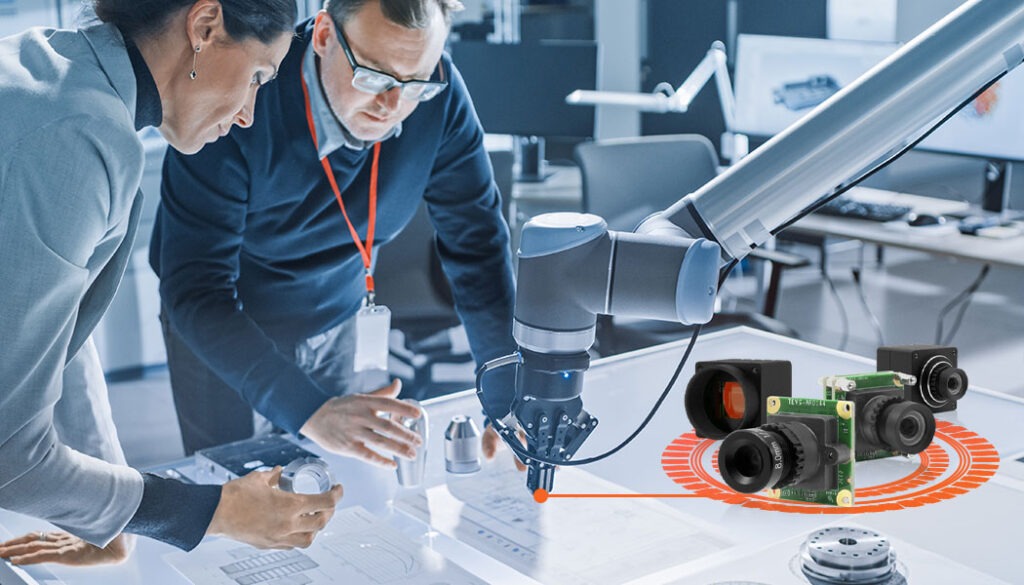
A collaborative robot with an automated arm
Advantages of Using Cobots in Machine Tending
When used for machine tending, cobots offer several advantages that make them a powerful asset to any automated manufacturing environment. This includes:
Enhanced Precision and Consistency
Cobots excel in tasks that require high precision and repeatability. Unlike humans, who may experience fatigue, cobots can perform machine tending tasks continuously with consistent accuracy.
This is particularly beneficial in industries such as automotive manufacturing, where the need for precise loading and unloading of parts is critical. The ability to perform these tasks with high consistency reduces the likelihood of errors, ensuring a higher-quality product and fewer rejections.
Increased Productivity and Efficiency
By automating machine tending processes, cobots can significantly increase production speed. These robots work tirelessly without breaks, boosting throughput and ensuring that machines are always running. This reduces downtime, one of the most significant contributors to inefficiency in production environments. Cobots can also operate at a faster pace than human workers, leading to shorter cycle times and ultimately, increased overall productivity.
Safety and Reduced Risk of Injury
Machine tending may involve handling heavy or dangerous materials, as well as working in environments with high temperatures or sharp tools. With the introduction of cobots to this process, manufacturers reduce the risk of injuries associated with repetitive or hazardous tasks.
Cobots are equipped with safety features like force sensors that enable them to detect any potential collisions with humans or objects. This makes them ideal for working alongside human operators without compromising safety.
Flexibility and Adaptability
Cobots are incredibly flexible, able to be reprogrammed and adjusted to handle different machine tending applications with minimal downtime. This adaptability makes them especially valuable in environments with frequently changing production needs.
Whether it’s tending to CNC machines, injection molding equipment, or other automated processes, cobots can be quickly configured to handle varying tasks. Their ease of integration means that manufacturers can scale their operations without having to completely overhaul their production systems.
Cost-Effectiveness
While the initial investment in cobots may seem high, they can work around the clock without the need for breaks, overtime, or shift rotations, offering long-term cost savings by reducing labor costs, improving production efficiency, and minimizing errors. Additionally, their ability to reduce scrap and defects contributes to fewer wasted resources, further improving the bottom line.
Ease of Deployment and Scalability
Cobots are designed for easy deployment. Unlike traditional industrial robots that require extensive programming and customizations, cobots can be quickly integrated into existing workflows with minimal setup time. Their user-friendly interfaces and intuitive programming allow manufacturers to deploy them rapidly. Furthermore, cobots can be easily scaled to meet increasing production demands, making them an excellent long-term investment for businesses seeking growth.
Implementing Cobots in Machine Tending
For companies exploring cobots in machine tending, several critical factors influence a successful adoption.
Return on investment (ROI) often tops the list. While cobots can be a significant initial expense, they pay off through increased efficiency, reduced downtime, and lower operational costs.
Training is equally important, ensuring that both operators and cobots work effectively together, with minimal disruption to existing workflows. A comprehensive assessment is essential to confirm that cobots align with a business’s specific needs and objectives.
Once chosen, successful integration requires a step-by-step approach:
- adapting safety protocols
- programming cobots for designated tasks, and
- optimizing the workflow to incorporate collaborative automation.
With strategic planning, cobots can provide measurable gains in productivity, precision, and overall safety.
The Importance of Embedded Vision Cameras for Cobots in Machine Tending
Embedded vision cameras are a transformative asset for cobots, particularly in machine tending applications that require accuracy and adaptability. These cameras provide cobots with a “sense of sight,” enabling them to assess objects, detect precise positioning, and identify specific parts or defects. This capability elevates cobots from simple task performers to sophisticated, adaptable assistants in complex environments.
With embedded vision, cobots can automate high-precision tasks like sorting, inspection, and part alignment. The cameras capture real-time data, which the cobot uses to make instant adjustments, ensuring flawless operations. For example, if a part is slightly misaligned, the cobot can immediately recalibrate its movements, eliminating the need for manual intervention.
Moreover, embedded vision allows cobots to learn and improve over time, using data-driven insights to enhance accuracy and productivity. This adaptability reduces downtime, boosts quality control, and enhances operational safety. This makes embedded vision cameras essential for efficient, automated machine tending in a fast-paced manufacturing environment.
Future Outlook for Cobots in Machine Tending
The future of cobots in machine tending looks increasingly promising as advancements in AI, machine vision, and robotics converge. Cobots are expected to become even more intuitive, enabling faster setup times, adaptive learning, and enhanced decision-making capabilities. This evolution will allow cobots to handle a wider range of tasks with greater precision, making them ideal for complex operations that require flexibility and consistency.
Embedded vision cameras, AI-driven insights, and enhanced data analytics will make cobots more intelligent and responsive. As technology advances, businesses will also see reduced costs, making cobots a more accessible option even for small and mid-sized manufacturers.
Additionally, the integration of cobots into Industrial Internet of Things (IIoT) will enable real-time monitoring and predictive maintenance, ensuring uptime and maximizing productivity. These trends position cobots as indispensable assets in the future of manufacturing automation.
TechNexion: Embedded Vision Solutions for Intelligent Cobots in Machine Tending
TechNexion’s embedded vision cameras are designed to elevate cobot capabilities in machine tending applications by delivering superior image quality, rapid data processing, and seamless integration. With high-resolution MIPI, USB, GMSL2 and FPD-Link III cameras, our solutions can enhance cobots’ perception and responsiveness, enabling them to perform intricate tasks with greater accuracy. Plus, TechNexion’s cameras are built to withstand industrial conditions, ensuring durability and reliable performance in demanding environments.
From precision quality control to object recognition, TechNexion’s embedded vision cameras a wide range of tasks, empowering cobots to deliver high-precision results and ensuring seamless operations in automated environments.
To learn more about TechNexion’s embedded vision and processing solutions for machine-tending cobots, feel free to contact our experts.
Related Products
- Understanding Machine Tending
- Understanding Cobots
- Advantages of Using Cobots in Machine Tending
- Implementing Cobots in Machine Tending
- The Importance of Embedded Vision Cameras for Cobots in Machine Tending
- Future Outlook for Cobots in Machine Tending
- TechNexion: Embedded Vision Solutions for Intelligent Cobots in Machine Tending
- Related Products
Get a Quote
Fill out the details below and one of our representatives will contact you shortly.

